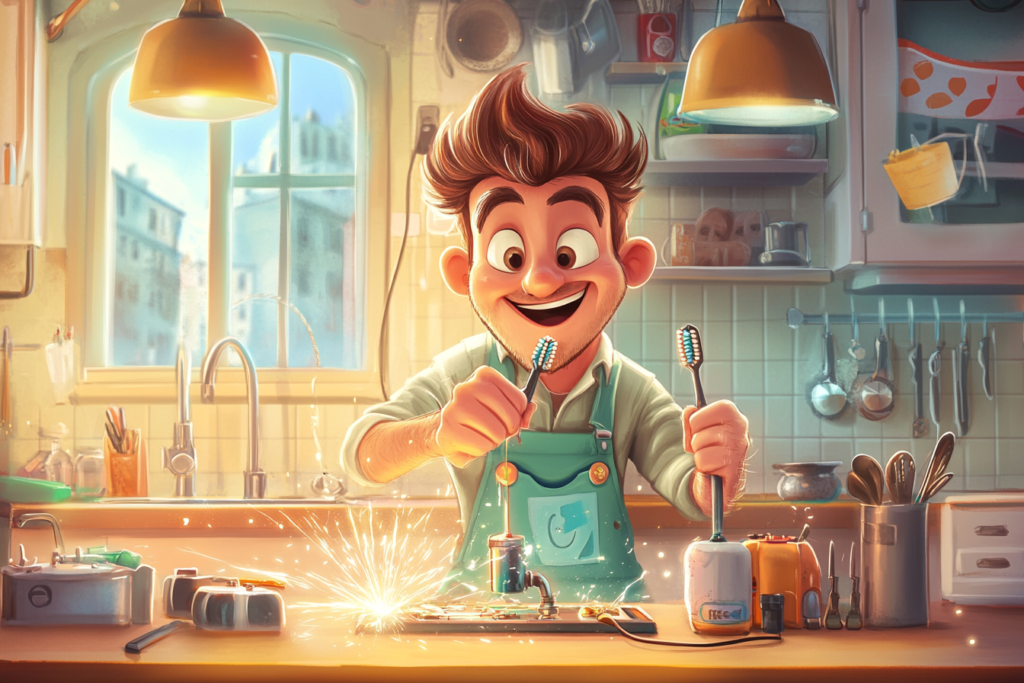
I’ve been working with a client who makes a product that, technically speaking, consumers could create themselves.
With some time, the right components, and a bit of trial and error, a motivated person could replicate it. There are even YouTube videos showing how.
Yet thousands of customers happily pay a premium for the finished product.
This got me thinking about our decision-making around make vs. buy, and the psychology behind why we often choose convenience over cost savings.
Look around your home, and you’ll find dozens of examples:
You could mix baking soda, essential oils and wax to make candles, yet Yankee Candle built a 1.75 billion dollar business selling them for 30 bucks each.
You could assemble basic electronics into a phone charger, yet Anker sells millions of them at 5-10x the component costs.
You could have combined fabric and elastic to create face masks during the pandemic, yet Gap sold $130 million worth them in a matter of months. (Actually, I know plenty of people who made their own masks, but it didn’t put much of a dent in commercial mask sales.)
What’s really happening here?
In I Need That, I discuss how products that seem objectively unnecessary can become subjectively essential when they offer something beyond their functional components. It’s what transforms a “want” into a “need.”
For most customers, that something involves a combination of:
Time reclamation — We increasingly value our time more than our money. A McKinsey study found that 76% of consumers value time savings over additional cost savings once a certain threshold of affordability is met.
Cognitive unburdening — Decision fatigue is real. The mental load of researching, choosing components, and troubleshooting failures is often worth more than the price difference.
Risk elimination — The finished product comes with implicit guarantees about performance and quality that a DIY approach can’t match.
Identity reinforcement — Brands are not simply shortcuts to quality; they’re statements about who we are and what we value. Buying the right brand affirms our self-perception. That’s HUGE.
Product Payoff: Quip transformed the humble toothbrush — something you could build by attaching a $2 motor to a $1 brush head — into a $40+ lifestyle product with over 8.5 million customers. By focusing on design simplicity, subscription refills, and brand positioning, they created perceived value far beyond the sum of their components. What they really sell isn’t dental hygiene but membership in a community that values thoughtful design and everyday ritual.
Action for today: Identify the “hidden costs” of DIY alternatives to your product — not just in dollars, but in time, mental energy, uncertainty, and social currency. These savings are often your strongest selling points, yet many brands underemphasize them in favor of functional benefits.
Want to discuss how to position your product against “just do it yourself” alternatives? Tap that reply arrow and let’s talk about highlighting the true value beyond components. Or reach out to my team of product marketing specialists at Graphos Product.
